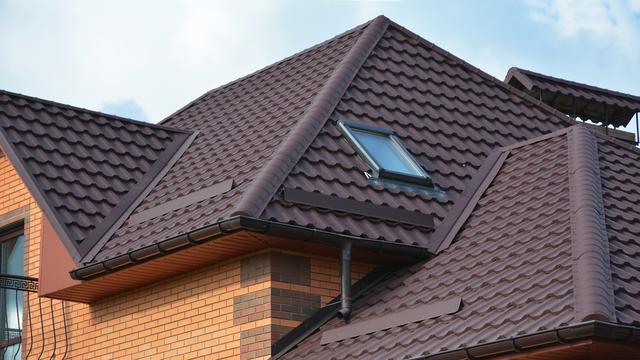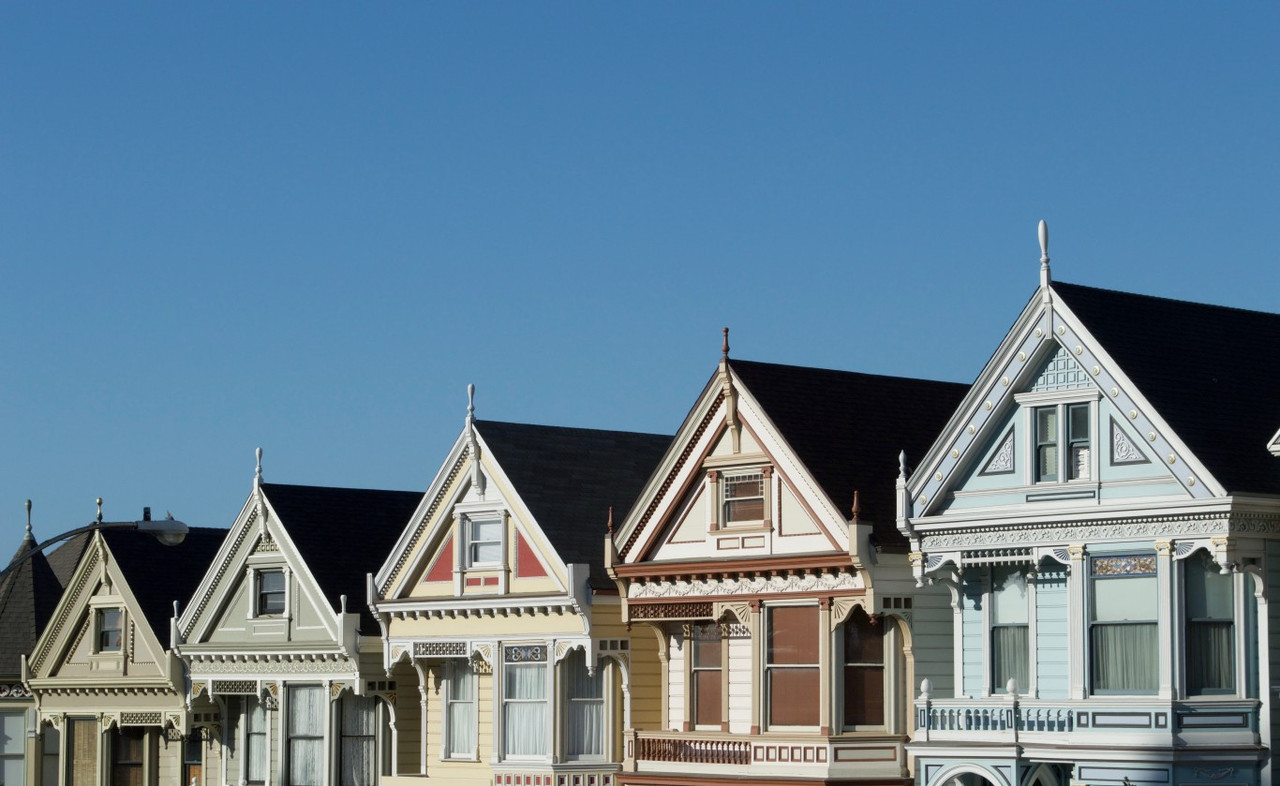Beranda > Artikel
The Role of Roofs in Architecture

The roof is a building element that plays a very important role in determining the characteristics and shape of the building. Talking about roofs today, especially for tall buildings, of course the picture that exists is of a flat roof with a modern or post-modern architectural form. In fact, if you look at its origins, traditional architecture only recognizes sloping roofs as protection and basically roofs are needed to protect us from the weather.
Thus, the shape of the roof also depends on the weather/climate. And indeed the sloping shape of the roof is intended, among other things, to channel rainfall so that it falls quickly. By comparing it with roof shapes in the Mediterranean area, namely areas with sub-tropical climates, where there is almost no rainfall. In fact, the shape of the roof is enough to make it flat, as long as it can span the distance between the walls. In subsequent developments, curved shapes appeared because the span distances were getting longer. This curved shape is even used, even though the span distance is not too far.
Flat Roof
In the past, we were familiar with the form of a roof which started with a frame construction and was then covered with a roof covering. Then the shape of the roof continues to develop, although in terms of technology it is rather static. Later, after technology developed and concrete began to be introduced, roof angles began to vary, with the development of concrete making flat roofs possible. So what used to be a flat roof was foreign to us, now it is starting to be widely used and has become familiar, even the flat roof at the top can be used again. And then it increasingly developed because it is one of the postulates of modern architecture.
However, the building needs to have a roof, because the roof is the image of a building. It can also be interpreted as a symbol of dignity, like a hat on humans. Thus, buildings do try to display roofs. Or at least, buildings that use flat roofs always create wide eaves as a consequence of the tropical climate.
But, we don't need to worry, now it is starting to appear that roofs will once again decorate our buildings today. Even architects already seem to have a tendency to embrace the roof again. Not only on the head, but also on the hands, on the scales, like the Rectorate building on the UI Depok campus, for example. Or Wisma Dharmala by Paul Rudolf.
Contextual
The building should characterize local conditions, especially in areas that have their own building characteristics. However, this contextual concept needs to be questioned in buildings with large spans, such as aircraft hangars, for example.
Nowadays technology has advanced and construction has also become more diverse, allowing for unique and distinctive forms, for example with hanging construction systems, tubes and so on. With these separate forms, their attachment to the local environment is no longer visible, so their context is then questioned. On the one hand, the demands of the span require special, unconventional construction, on the other hand, the context is questionable. One of them is "form follows the function"
The role of the roof that is considered important is indeed based on its physical function, namely protecting the activities underneath and the climatic conditions/conditions, but the role of the meaning/symbols contained in it must not be forgotten. Not many architects use symbolic meanings on roofs in their building designs, but that doesn't mean there aren't any. An example is the UI Rectorate on the Depok campus. This building acts as an environmental symbol, as an orientation point and landmark (trade-mark) for the UI campus. The embodiment of these meanings and symbols is actually related to the embodiment of aesthetic values and the two always combine and produce an object that is easily accepted by society and liked, if presented well.
In practice, the use of roofs is often associated with the use of roof tiles as a roof covering material. In fact, around the sixties, shingle roofs were widely used. This is because the quality of the shingle roofs that we currently get is difficult and somewhat poor, so their durability is also reduced. After ten years, the nails generally rust and can cause roof leaks.
 Bahasa Indonesia
Bahasa Indonesia  Inggris
Inggris
 Bahasa Indonesia
Bahasa Indonesia  Inggris
Inggris
 Bahasa Indonesia
Bahasa Indonesia  Inggris
Inggris






